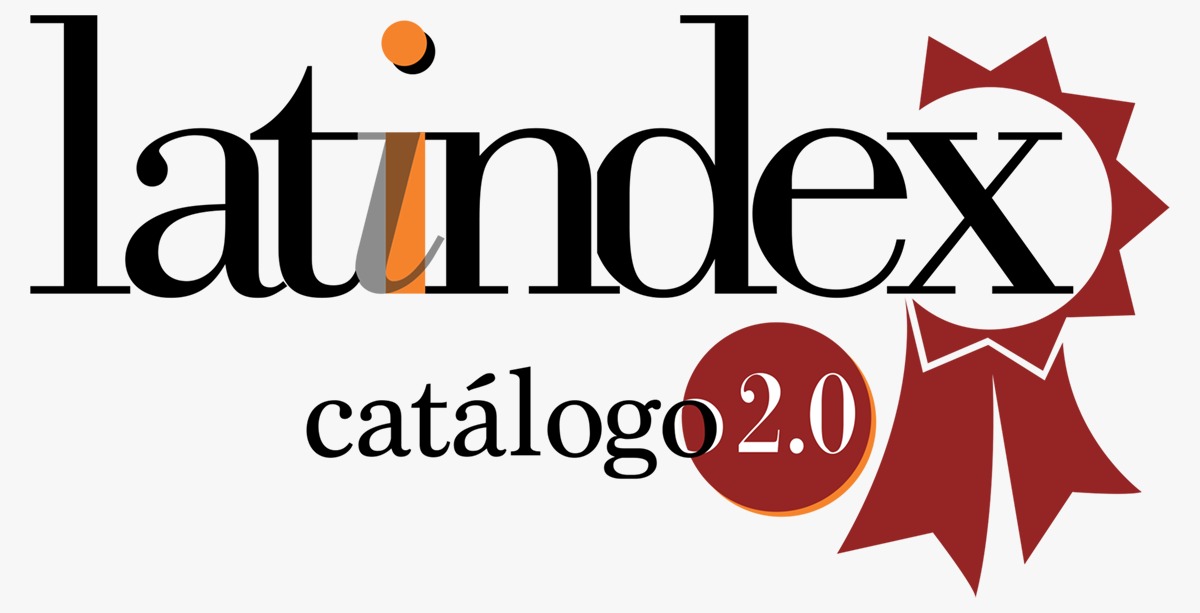Organizational culture and evaluation of the quality of educational service. IE Jorge Bernales Salas N° 7080. Villa María Del Triunfo. Lima.
DOI:
https://doi.org/10.47865/igob.vol7.n27.2024.359Keywords:
organizational culture, quality evaluation of educational serviceAbstract
Interpersonal and institutional conflicts in work, academic, and administrative environments can harm students' academic performance. Therefore, the purpose of this work is to determine the relationship that exists between organizational culture and the evaluation of the quality of educational services at the IE Jorge Bernales Salas Nr. 7080 located in Villa María del Triunfo, Lima. We use hypothetical deductive and quantitative methods to carry out related designs at descriptive, horizontal and ordinal levels.
A random sample of 47 primary and secondary school teachers was used, two questionnaires validated by a panel of 3 experts and reliability was applied using Crombach's alpha, yielding coefficients of 0.806 and 0.798 for each variable. The data were treated with the non-parametric Spearman's Rho statistic to determine correlations and propose and perform hypothesis tests or comparisons.
The resulting data had Spearman's r equal to 0.538 and sig. 0.00 is less than 0.01, which indicates a high evaluation between the organizational culture and the evaluation of the quality of the educational service. Since the above values lead to the rejection of the proposed null hypothesis, the alternative hypothesis is accepted and tested.
Downloads
References
Arciniegas Ortiz, J. A. & Mejías Acosta, A. A. (2017). Perception of the quality of the services provided by the new granada military university based on the servqualing scale, with factor analysis and multiple regression analysis. Communication: Journal of Research in Communication and Development, 8 (1), 26-36. [Consultation date September 24, 2020]. ISSN: 2219-7168. Available at: https://www.redalyc.org/articulo.oa?id=4498/449852109003
Ardiansyah, Hamidah, Susita, D. (2020). Organizational culture, compensation and employee engagement influence on organizational citizenship behavior.
Cabrera, K. y Gonzales, L. 2006). Currículo universitario basado en la competencia. Piura: Universidad Privada del Norte.
Cadena-Badilla, Jesús Martín, & Vega-Robles, Arturo, & Real Pérez, Isidro, & Vásquez Quiroga, Joaquín (2016). Measurement of the quality of service Provided to customers by Restaurants in Sonora, Mexico.
Chacón y Rugel (2018). Artículo de Revisión. Teorías, Modelos y Sistemas de Gestión de Calidad. Revista espacios, Vol. 39 (Nº 50), pág. 14. http://www.revistaespacios.com/a18v39n50/a18v39n50p14.pdf
Chiavenato, I. (2009). Comportamiento organizacional (2a ed.). Colombia: Mc Graw Hill.
Dalongaro, Roberto Carlos (2014). Customer satisfaction with supermarkets in frontier areas. Administrative Sciences, (4), 35-49. [Consultation Date
Dilts, R. (2003). El poder de la palabra PN: la magia del cambio de creencias a través de la conversación. Barcelona: Urano
Espinosa, A. (20 de marzo, 2009). Filosofía empresarial [Mensaje en un blog]. Recuperado de https: //www.dinero.com/columnistas/edicion-impresa/articulo/filosofiaempresarial/75465.
Gallardo Ferrada, Amanda y Reynaldos Grandón, Katiuska. (2014). Calidad de servicio: satisfacción del usuario desde la perspectiva de enfermería. Enfermería global, 13 (36), 353-363. Recuperado el 21 de septiembre de
Griffin, R y Moorhead, G. (2010). Comportamiento organizacional, gestión de personas y organizaciones (9a ed.). México: Cengage Learning
Heinzmann, L. y Neto, D. (2014). Cultura Organizacional e Estrategias de Internacionalización: Brazilian.
Martínez y Robles (2019). Cultura Organizacional en el Sistema de Gestión de Calidad en las Dependencias de Educación Superior (des) Valle de México.
Monsalve Castro, Carolina, & Hernández Rueda, Sonia Isabel (2015). Management of the quality of service in the hotel industry as a key element in the development of sustainable tourist destinations: Bucaramanga case. School of Business Administration Magazine, (78), 162-173.
Opcion, 36 (SpecialEdition26), pp. 1528-1541.
Padilla -Aguiar, Daimeé, & Herrera -García, Ricardo Amir, & Acevedo- Suárez, José Antonio, & Pardillo -Baez, Yinef (2016). Buscando la satisfacción del usuario.
Piña, J. (2003). Representaciones, imaginarios e identidad. Actores de la educación superior. México: UNAM-CESU-Plaza y Valdés.
Radwan, O., Abdul Razak, A.Z.B. (2019). The effect of organisational culture on students’ cognitive, skill-based, and affective learning outcomes in higher education in Saudi Arabia. Opcion, 35(20), 2337-2363.
Robbins S. (2000). Comportamiento organizacional. México: Editorial Prentice Hall.
Robbins, S. (2017). Comportamiento Organizacional. México: Pearson Prentice - Hall Hispanoamericana S.A
Robles, B. (2019). Población y muestra. Pueblo continente, 30(1), 1. http://journal.upao.edu.pe/PuebloContinente/article/download/1269/1099
Rodríguez, R. (2009). La Cultura Organizacional. un potencial activo estratégico desde la perspectiva de la administración. INVENIO 12(22), 67-92. Obtenido de file:///C:/Users/Usuario/Downloads/DialnetLaCulturaOrganizacionalUnPotencialActivoEstrategic-3394655.pdf
Sihuin-TapiaEY, Gómez-QuispeOE, Ibáñez-Quispe V. Satisfaction of hospitalized users in a hospital in Apurímac, Peru. Rev Peru Med Exp Public Health. 2015; 32 (2): 299-302. https://www.sskip.org/pdf/rpmesp/2015.v32n2/299-302/es
Downloads
Published
How to Cite
Issue
Section
License

This work is licensed under a Creative Commons Attribution-NonCommercial-ShareAlike 4.0 International License.
Esta obra está bajo una licencia internacional Creative Commons Atribución-NoComercial-CompartirIgual 4.0.
















